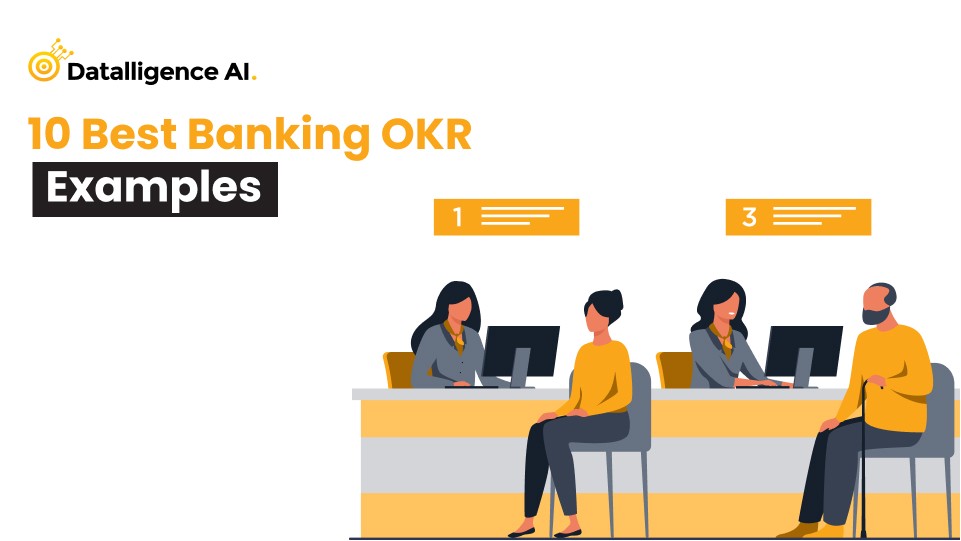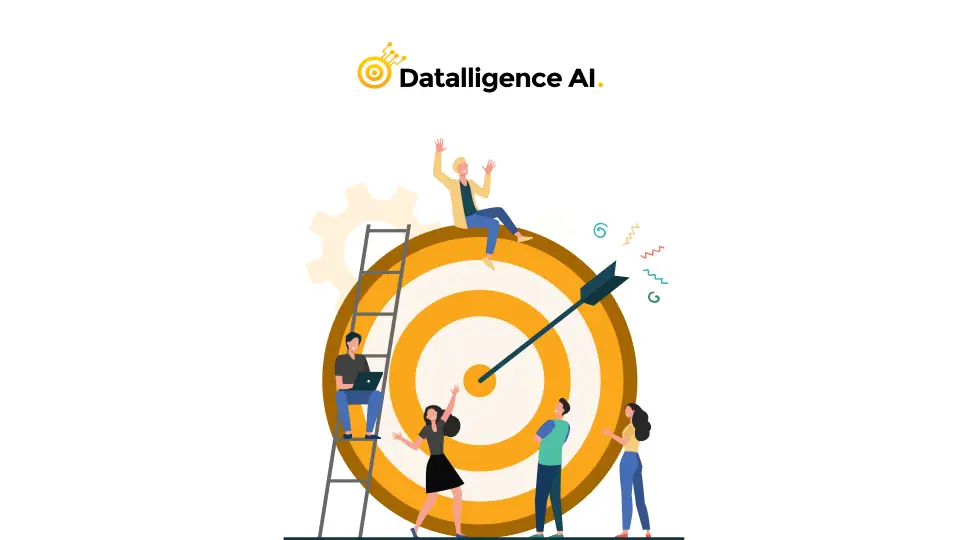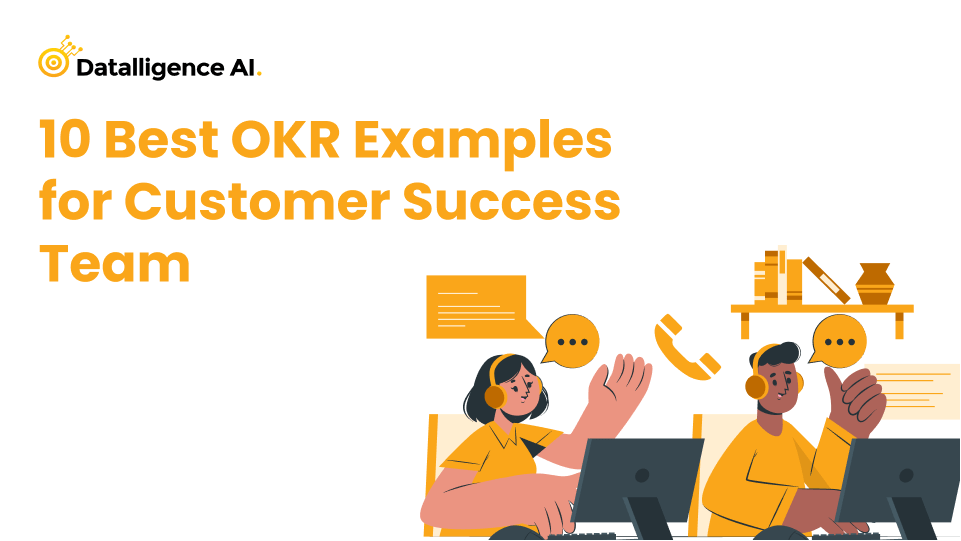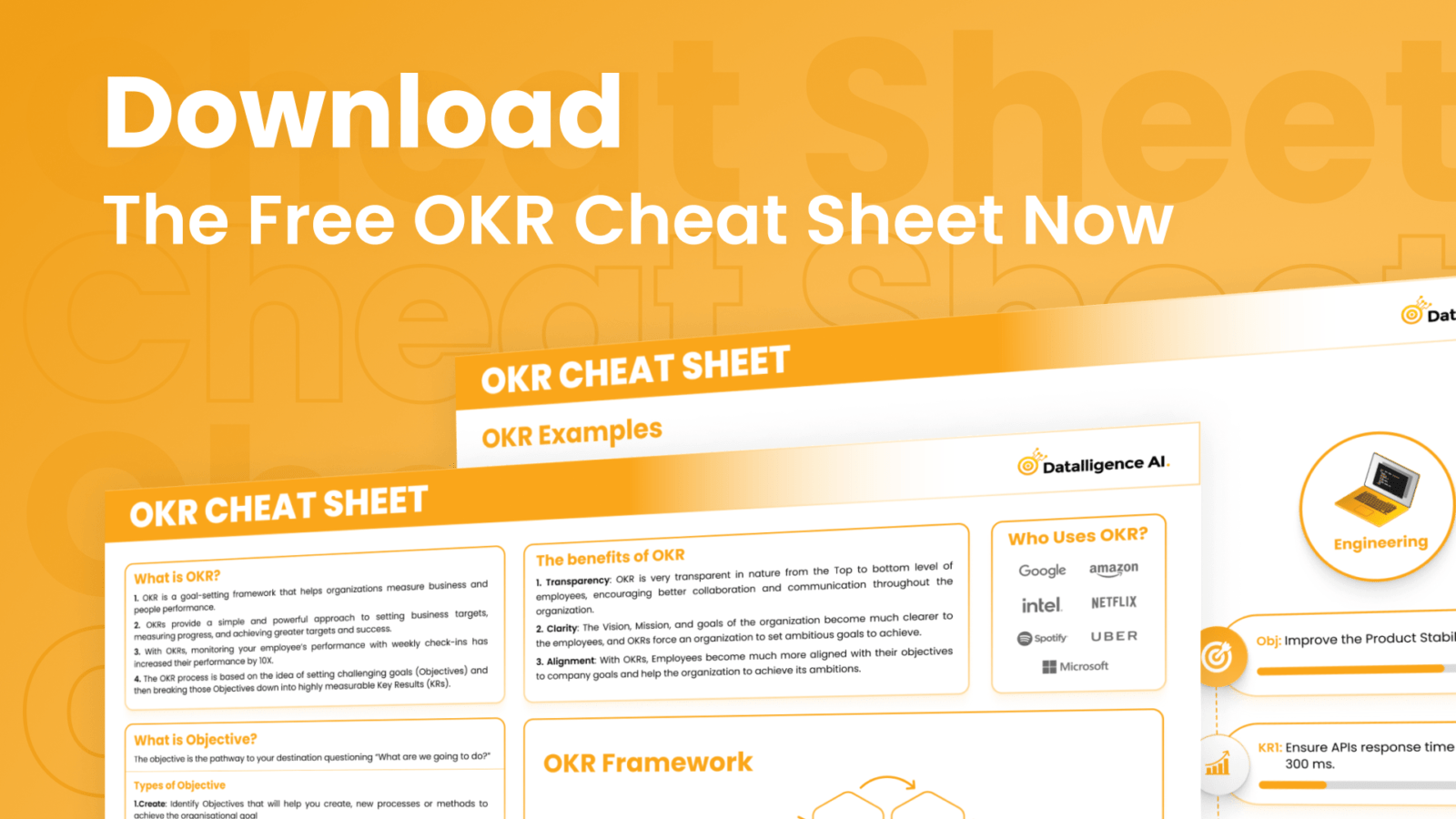Bias in the workplace often lurks in the shadows, not always making a loud entrance. It tends to hide in those gray areas where goals are fuzzy, expectations are fluid, and performance reviews hinge more on opinions than on solid facts. This can lead to performance bias by unconscious bias, creating an uneven playing field. The consequences? Lower morale, stalled innovation, and higher turnover rates, particularly for employees who are already navigating systemic barriers. But here’s the silver lining: there’s a tried-and-true framework that brings clarity to the chaos – OKRs (Objectives and Key Results).
How OKRs Foster Clarity and Combat Performance Bias
OKRs establish a foundation of transparency and measurable results throughout the organization. Here’s how they help create fairer and more effective workplaces:
- Clear, Consistent Goals for Everyone
With OKRs, every team and individual has a crystal-clear picture of what success looks like. The objectives are ambitious yet attainable, paired with measurable Key Results that take the guesswork out of the equation, that help in removing performance bias. When everyone is on the same page with well-defined goals, there’s little room for subjective interpretation or personal favoritism.
- Objectivity in Performance Reviews
Traditional evaluations often hinge on a manager’s perception, which can unintentionally be clouded by personal biases. OKRs shift the spotlight to outcomes that can be tracked and verified. Did the employee hit their Key Results? Are the numbers trending in the right direction? The answers are grounded in data, not just gut feelings.
- Transparency and Accountability
OKRs are visible to everyone in the organization. This level of openness not only keeps teams accountable but also democratizes access to information. It ensures that recognition and advancement opportunities are available to anyone who makes an impact, not just to the loudest or most connected individuals.
- Leveling the Playing Field
When processes are transparent and criteria are standardized, employees from all backgrounds have an equal opportunity to shine. OKRs help minimize the influence of unconscious bias by basing decisions on agreed-upon metrics and shared expectations.
- Fostering Inclusion and Engagement
Having clear, outcome-focused goals gives everyone a sense of purpose and direction. When employees feel that their accomplishments are acknowledged fairly and consistently, their engagement levels rise. This creates a safe space for them to innovate, take risks, and share fresh ideas, ultimately enhancing overall performance and retention.
The Issue: Ambiguity Breeds Performance Bias
When goals and expectations aren’t clear, performance bias can really take hold. Here’s why:
Unclear Goals: When success relies on gut feelings or last-minute changes, reviews can end up being inconsistent and unfair.
Subjective Feedback: Without clear benchmarks to measure against, evaluations can seem randomleading to frustration and burnout.
Hidden Bias: Decisions often get made behind closed doors. One employee’s missed target might be overlooked, while another’s is met with penalties.
Clear, Measurable Goals
OKRs push teams and individuals to define specific, tangible objectives along with measurable key results. This way, everyone knows exactly what’s expected and what success looks like no more vague instructions or shifting targets.
- Eliminates guesswork. Employees have a clear focus for their efforts.
- Prevents goalpost moving. Even as priorities shift, OKRs stay visible and fixed for the designated timeframe.
- Facilitates alignment.
- Teams can rally around shared, documented priorities.
Objective Evaluation
With OKRs, performance is assessed based on agreed-upon metrics and outcomes, rather than personal opinions, performance bias, or manager biases. Tracking progress is straightforward: either the key result is achieved, or it isn’t.
- Minimizes subjectivity in performance reviews.
- Guarantees that recognition and career growth are tied to results, not personal connections.
- Establishes a clear connection between contributions and rewards, fostering employee trust.
- Transparency
OKRs are usually shared openly within the team or even across the organization. Everyone can see not just their own goals, but also those of their colleagues, managers, and other departments.
- Visible progress tracking makes it tougher for biases or favoritism to sway decisions.
- Promotes cross-functional collaboration and shared responsibility
- Employees grasp how their work fits into the larger organizational objectives.
Equity
By establishing a level playing field where everyone’s goals are transparent, public, and measured fairly, OKRs help minimize the impact of office politics and self-promotion. Success is determined by actual results rather than just visibility or personal branding.
- Encourages meritocracy: your progress and recognition are based on what you achieve, not on who you know.
- Helps tackle systemic inequities: individuals who may struggle with self-advocacy won’t be overlooked
- Fosters a diverse group of top performers and leaders over time.
From Good Intentions to Good Systems
Wanting fairness isn’t enough systems are what truly bring fairness to life. OKRs transform well-meaning intentions into real, measurable outcomes. Here’s how performance bias’s are removed
Impact Over Activity
Traditional goals often emphasize *doing more* like increasing training sessions or holding more meetings. OKRs shift the focus to – what actually changes because of those activities
➤ Instead of saying, “Conduct employee training,” try:
“Boost average post-training assessment scores from 65% to 90% by Q3.”
It’s not about staying busyit’s about making a real, measurable impact.
Data Over Perception
Without data, performance reviews can turn into mere opinions and performance bias. OKRs provide a clear, factual record of what was accomplished and when.
➤ This helps move away from the “I think they’re doing well” mindset to “Here’s what the data reveals.”
Consistent Evaluation
OKRs establish a standardized method for measuring success across teams and roles. Everyone follows the same guidelines, which reduces the chances of favoritism or inconsistency.
➤ When expectations are uniform for everyone, evaluations become fairer and more trustworthy.
The Leadership Factor: Making OKRs Work
OKRs are powerfu lbut they only shine when leaders lead by example. Leadership is what separates merely checking a box from truly transforming a culture.
Model Clarity and Accountability
Leaders should openly share their own OKRs and discuss what worked well (and what didn’t). This sets a tone of transparency throughout the organization.
Embed OKRs into the Company DNA
OKRs shouldn’t feel like just another HR task. When leaders treat them as a common business language from planning to review, it shows they’re important.
Normalize Learning from Failure
Missing an OKR isn’t the issue; hiding it or placing blame is. Great leaders foster psychological safety by turning missed goals into valuable learning moments.
Conclusion
When implemented thoughtfully, OKRs do more than boost productivity—they build trust, equity, and engagement. By eliminating ambiguity, they make bias harder to thrive and ensure every employee has a fair chance to succeed.
Clarity isn’t just a business metric—it’s a cultural imperative.











